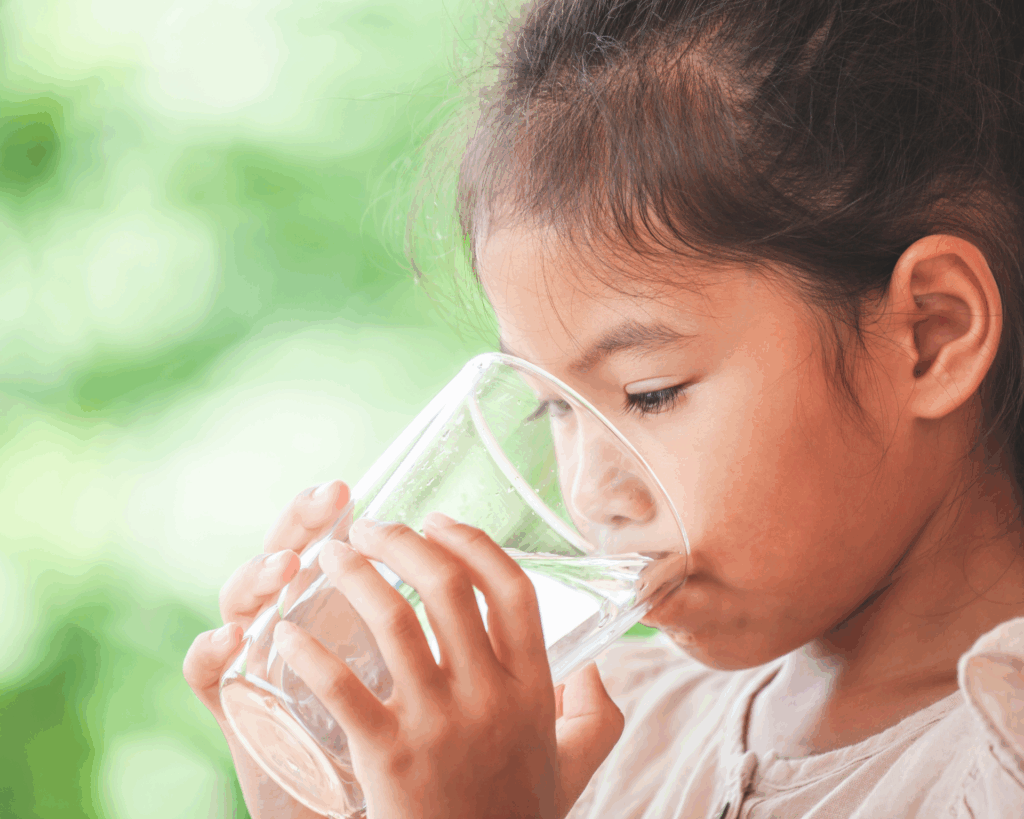Climate Changes Temps and Deaths
A rise in temperatures by two degrees centigrade could result in around 2,100 additional deaths from injuries in a single year in the United States.

Read Time: 3 minutes
Published:
We know a lot about the connection between rising temperatures and climate change and deaths from infectious and non-communicable diseases. We have less evidence measuring the impact of warm temperatures on deaths due to injuries. Injury-related deaths include suicide, assault, transport accidents, drowning, and falls. Since deaths from injuries are seasonal, it is a natural next step to ask whether unusual temperatures could result in changes in deaths from injuries.
My colleagues and I obtained mortality and temperature data across the four most recent decades in the United States from two large and publicly-available datasets. With our analysis, we set out to understand how anomalously warm temperatures, defined as deviations of temperature from the local average, influence different types of injury deaths.
We found that a rise in temperatures by two degrees centigrade could result in around 2,100 additional deaths from injuries in a single year in the United States. The large majority of these deaths would occur in adolescent to middle-aged males. Deaths from assault, suicide, drownings, and transport accidents would increase. And most of these deaths would result from transport accidents, closely followed by suicides. With rises beyond two degrees centigrade, even more deaths from injuries are possible. This means that, if the association between rising temperatures and injury deaths is causal, climate change will likely lead to greater injury deaths.
Anomalous temperatures occur all the time. Our results, therefore, can be used to influence climate change and health policies now and into the future.
Drownings are plausibly linked with anomalously warm temperatures because swimming is more likely in periods of warm weather. Transport accidents are also linked because driving performance deteriorates at higher temperatures, due to decreased visual acuity and the potential for more alcohol consumption. Increases in assaults may be due to rising anger levels and more time spent outdoors interacting with other people. Reasons for increased suicide deaths are not well-understood and warrant further investigation.
Our results are specifically for the United States. While there may be similarities in how people in different countries respond to rising temperatures, a full study of other countries is necessary for a global assessment. The impact of rising temperatures on injury deaths in warmer, relatively poor countries may actually be greater than in the United States due to reduced capacity to adapt.
Our research has policy relevance for the world today. Anomalous temperatures occur all the time. Our results, therefore, can be used to influence climate change and health policies now and into the future. For example, investing in better public transport may improve city connectivity, reducing air pollution from private transport, and decreasing the number of warm-weather driving accidents. More investment in social connectivity, both real and virtual, could alleviate feelings of despair and loneliness in times of difficulty.
At the community level, this may mean that, during warmer temperatures, someone who appears to be fine (at least physically) may actually be suffering on the inside. So, look out for and check in on each other, build a sense of community wherever you are. This is especially important given the world we are living in during the Covid-19 pandemic. Small actions can make a difference to someone’s health and well-being, both inside and out.
Photo by Science in HD on Unsplash



